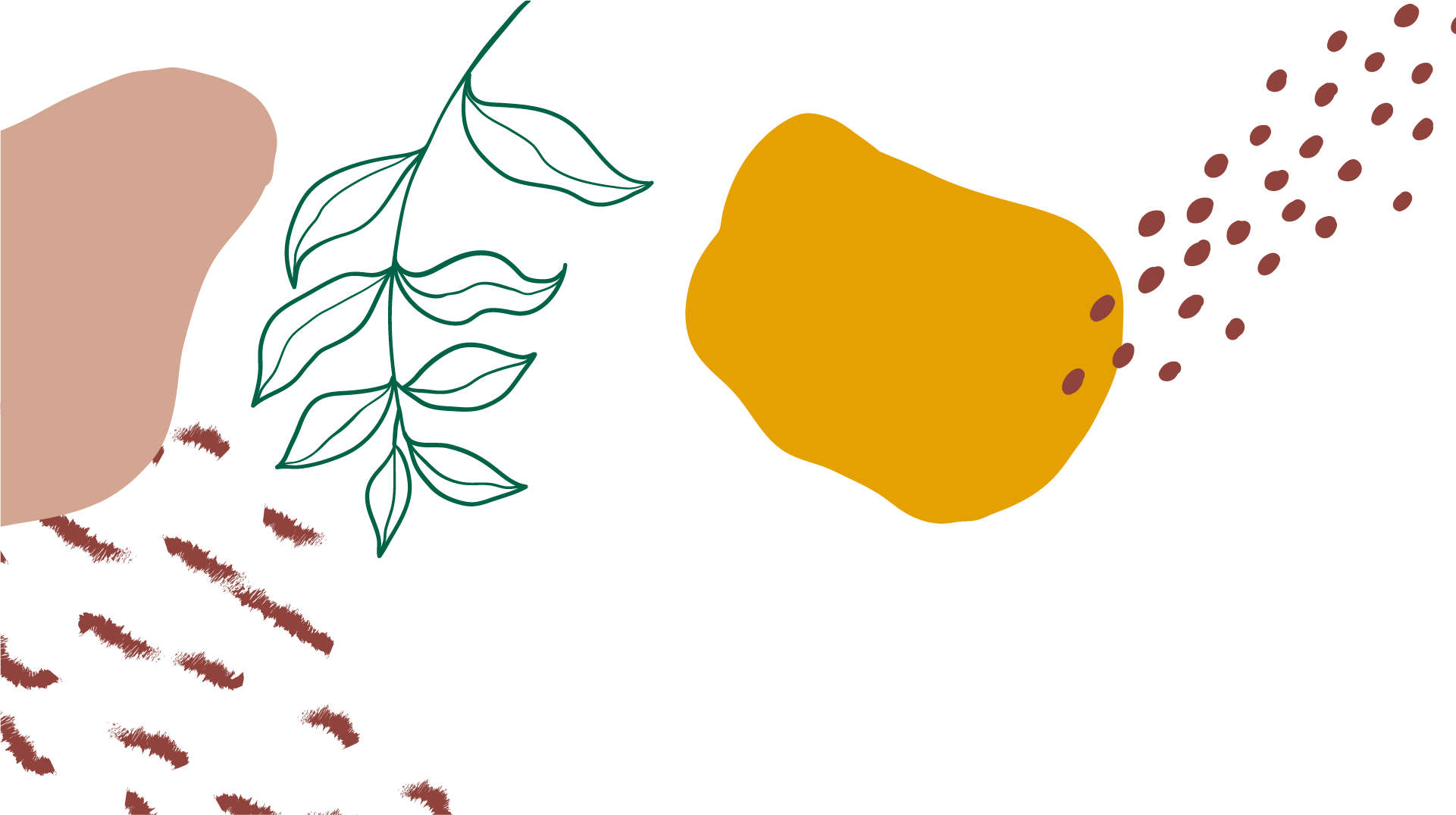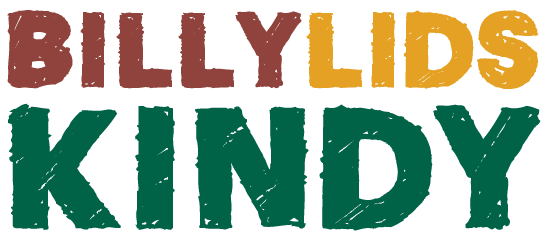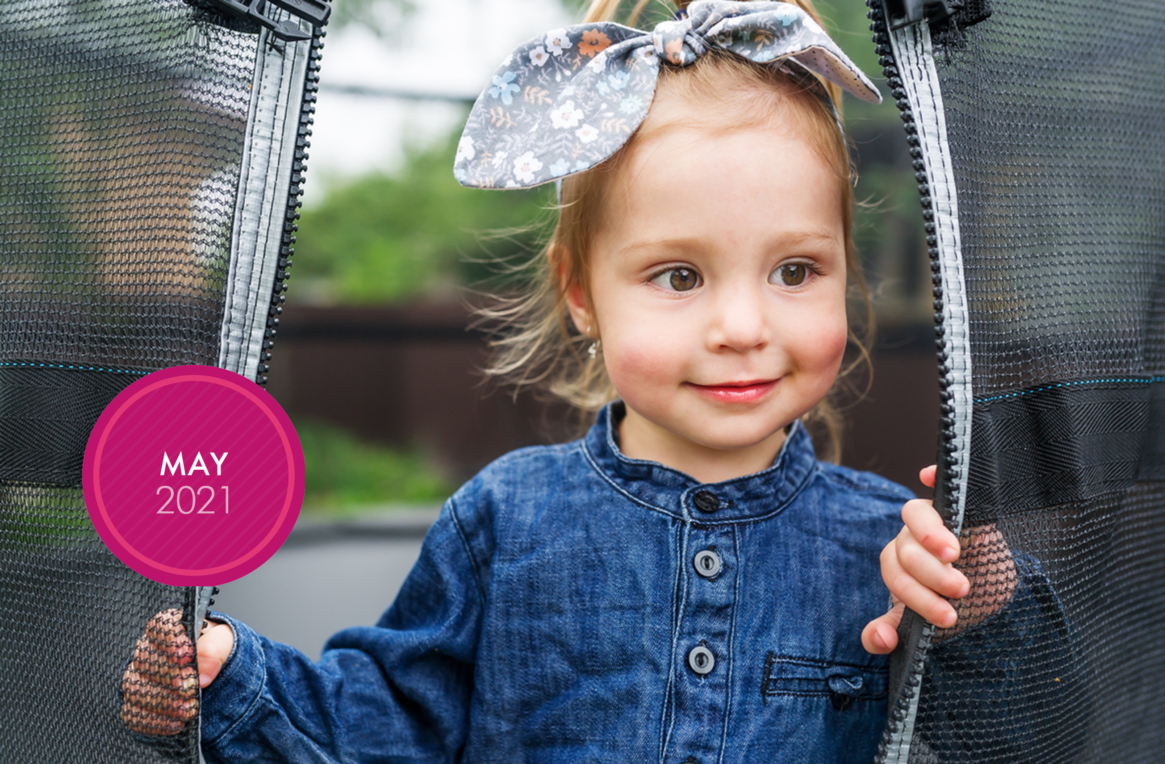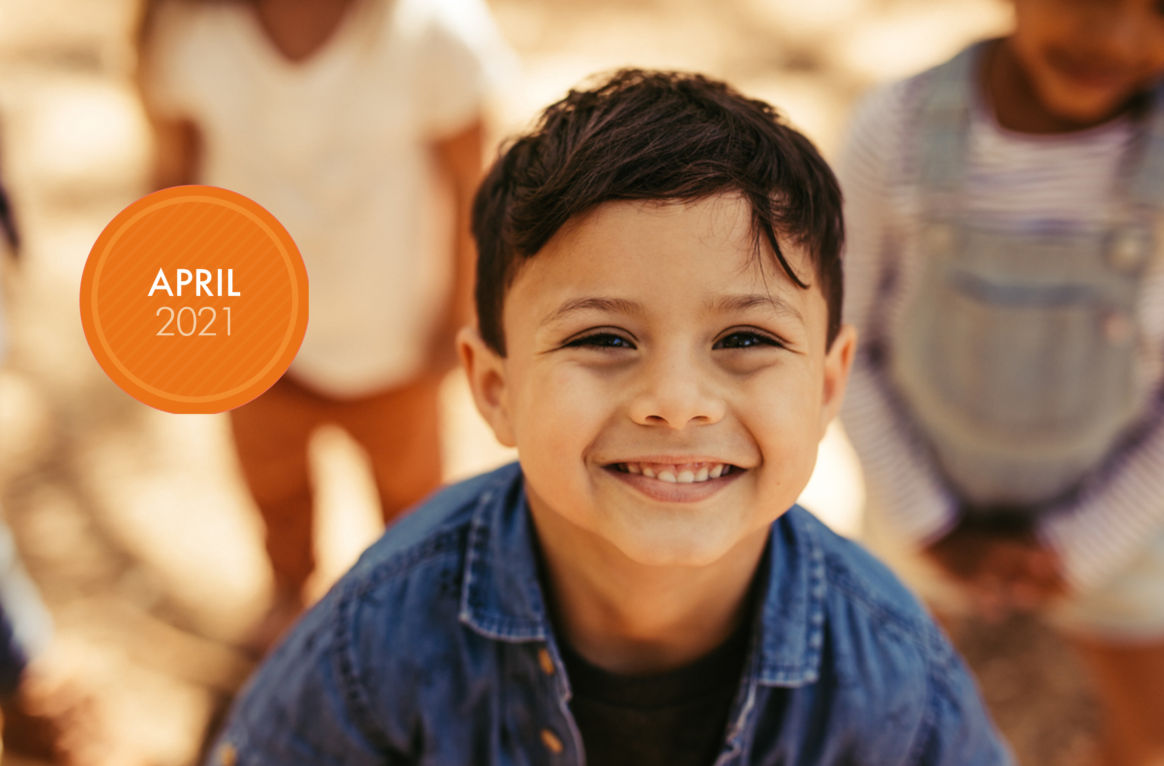
April 2021 Newsletter
Service Policies and Procedures
While it is important to have policies and procedures in an early childhood education and care service, it is equally important that the policies are regularly reviewed, and amendments made to cater for changes in legislation and researched best practice, and changes to service procedures that aim to support ongoing quality improvement.
Engagement in regular review of policies and procedures ensure that they align with quality practice within Billy Lids Kindy and are responsive to feedback identified through Billy Lids Kindy’s risk management and quality improvement systems. Guide to National Quality Framework, 2017 (amended 2020)
To ensure compliance with the National Quality Framework, Billy Lids Kindy will review our policies and procedures on an annual basis, or more frequently if required due to changes having occurred within Billy Lids Kindy, or if considered best practice in respect of current research. We aim to work in collaboration with our educators and families, gathering feedback when updating our policies and procedures to ensure that the needs of children being educated and cared for are always being met.
All policies and procedures will be made available for families and educators to view at all times and all policies developed will be made in consultation with management, staff and families of children attending Billy Lids Kindy.
Each month we will invite you to participate in our policy review process. For the month of March we have reviewed the following policies:
- QA6 Family Communication
- QA2 Bottle Safety Preparation
- QA2 Breastfeeding
- QA2 Eczema Management
- QA2 Physical Environment
- QA2 Sleep and Rest
- QA3 Environmentally Responsible
- QA4 Staffing Arrangement
- QA6 English as an additional language or dialect
You can access a copy of these policies at any time in the policy folder located at reception or you may request a copy sent to you via email.
On this month
AROUND THE COUNTRY
World Autism Day ——————————————— 2
Children’s Book Day —————————————— 2
Easter ———————————————————- 2-5
International Day of Human Space Flight —————-12
Baisakhi Festival ———————————————- 13
Nature Play Week ————————————— 14-25
Earth Day —————————————————— 22
Anzac Day —————————————————– 25
Pay it Forward Day ——————————————- 28
Is your child’s immunisation up to date?
If you have recently had your child immunised you will need to ensure you provide us with an updated immunisation record. This is available to download on the Medicare self-service website under immunisation history.

Community Events
WORLD AUTISM DAY – APRIL 2
No two people on the spectrum are the same – each person has their own way of seeing the world, which makes them interesting and unique.
World Autism Day aims to increase understanding and acceptance of people with autism, foster worldwide support and inspire a kinder, more inclusive world. Wear something blue on April 2 in support of understanding and acceptance for people with autism. Find more information for Go Blue for Autism here.
PAY IT FORWARD DAY – APRIL 28
Pay It Forward Day is a global initiative that exists to make a difference by creating a huge ripple of kindness felt across the world. We believe that small acts, when multiplied by millions of people can literally change the world for the better. For some ideas on how you can Pay it Forward follow the link here
Kids in the Kitchen

PREP 15 min | COOK 10 min | SERVES 6-8 SERVINGS
INGREDIENTS
- 500 grams short pasta
- 250 grams cherry tomatoes, halved
- 1/2 cup (125ml) store bought basil pesto
- 100 grams parmesan, shaved
- 2 cups (250 grams) baby spinach and rocket leaves
- 1 cup (100 grams) basil, leaves picked
METHOD:
Bring a large pot of salted water to the boil, add pasta and cook according to packet instructions.
Drain and rinse under cold water.
Place pasta into a large bowl, add cherry tomatoes, pesto, parmesan, baby spinach and rocket, basil and toss to combine. Enjoy x
Recipe and Image from My Lovely Little Lunchbox
Book Reviews
Celebrate Earth Day with these beautiful picture books.


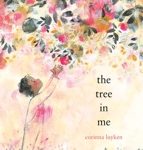
WHAT’S INSIDE A FLOWER
RACHEL IGNOTOFSKY | 4 – 7
Nurture their curiosity about the natural world–starting with what’s inside a flower. Budding backyard scientists can start exploring their world with this stunning introduction to these flowery show-stoppers–from seeds to roots to blooms. Learning how flowers grow gives kids beautiful building blocks of science and inquiry.
THE TREE IN ME
CORINNA LUYKEN | 4 – 8
A stunning and sensitive portrait of the strength within each of us and the nourishment we receive from the natural world.
Through poetic text and exquisite illustrations of children revelling in nature, this picture book explores the various ways we as human beings are strong, creative, and connected to others.
MY FRIEND EARTH
PATRICIA MACLACHLAN | 3 – 6
Our friend Earth does so many wonderful things! She tends to animals large and small. She pours down summer rain and autumn leaves. She sprinkles whisper-white snow and protects the tiny seeds waiting for spring. Readers of all ages will pore over the pages of this spectacular book.
FOCUS: One Powerful Word That Will Inspire a Kid Who Says, “I Can’t Do It!”
Many parents instinctively know that calling a child “stupid” could influence that child’s idea of how smart she is and cause her to behave differently when learning something new. But as it turns out, a child calling herself “stupid” can have the same effect.
The danger of negative self-talk Let’s suppose you’re back in high school, and you’re nervous about a big science test coming up. You tell yourself, “I’ll probably fail anyway, so why even study?” By telling yourself that, you’ve given up before the test even happened and envisioned a future for yourself where you’ll skip studying. If you do skip studying, you’ll have increased the chances that you’ll fail the test. Instead, consider what would happen if you told yourself, “I’m nervous about the science test, but studying will help me feel more confident.” You’d be more likely to study and therefore more likely to do well on the test. This phenomenon is called a self-fulfilling prophecy. In other words, when you declare something like this to yourself or another person, it’s enough to influence your behaviour to fulfill that declaration of “truth.”
But the most common response doesn’t work When kids engage in negative self-talk, it may sound like: I’m no good at this, I can’t do it, it’s too hard, I’ll never learn how to read. Because we love our kids more than anything else in the world, our gut reaction as a parent is to convince them that their words aren’t true: You are good at this! Yes, you can do it! You will learn to read. I believe in you!
But have you noticed that when you try to fight your child’s negative self-talk with your own positive words, it doesn’t work? I learned that lesson the hard way with my 9-year-old. It took me a while to realise that when I unleashed a slew of positive affirmations, it actually made her attitude worse. She’d furrow her brow, cross her arms on her chest, and shut herself off from me. I’d unknowingly turned her frustration into a power struggle instead of addressing the heart of the issue.
This is what we’re missing. Here’s what your child is really saying when she talks bad about herself: I’m frustrated, I feel bad that I made a mistake, I’m scared I won’t be able to figure this out. When we respond with positive affirmations, this is what our kids hear: Don’t be frustrated. Don’t feel bad! Don’t be scared.
I don’t know about you, but when I’m feeling those emotions and someone responds by telling me not to feel those emotions, I don’t take it very well. Which means the real problem is that we’re not stopping to empathise with our kids’ big and scary emotions. In that moment when your child gets easily frustrated and her confidence is shaken, she doesn’t feel heard. So, what can you do in that moment when you hear your sweet child saying mean things about herself, to herself?
Say one simple word. …yet. Adding this one word builds your child’s confidence by giving her a vision of her future where she does “get” it. She’ll make choices that will help her live up to that new “truth.” Which means this little word is important for your child to hear, but it’s just as important for you. Because saying “…yet” will stop you from spewing out positive affirmations that will just make your child dig her heels further into the muck of negative self-talk.
For the best results when teaching optimism, grit, and stick-to-it-iveness, you’ll want to follow up “yet” with a little more guidance:
- Yet – When you hear your child engage in negative self-talk, close the distance between you, look them in the eye, and repeat their statement but add “…yet” to the end. Depending on the statement, it may work better to say “…not yet.”
- Empathise – Let them know you hear their frustration by saying “I can see that you’re frustrated.” Or “It seems like you’re nervous that you won’t figure this out.” Or “You feel bad that you made a mistake.” You might also follow this up with a question to get them talking about what they’re stuck on, like “Can you show me the part that’s hard for you?”
- Turn it around – Now, ask your child a question to engage their problem-solving skills so they can move forward in a positive way. For example, “How can you try this a different way?” or “What part isn’t making sense yet?”
And all you have to remember is YET. Yet, Empathize, Turn it around.
To read more about ‘yet’ follow the link below.
Holmes, Kelly (2021). One Powerful Word That Will Inspire a Kid Who Says, “I Can’t Do It!” Retrieved from happyyouhappyfamily.com/negative-self-talk-in-children/
Sesame Street has a fun song called ‘The power of yet’ that illustrates this exact topic.
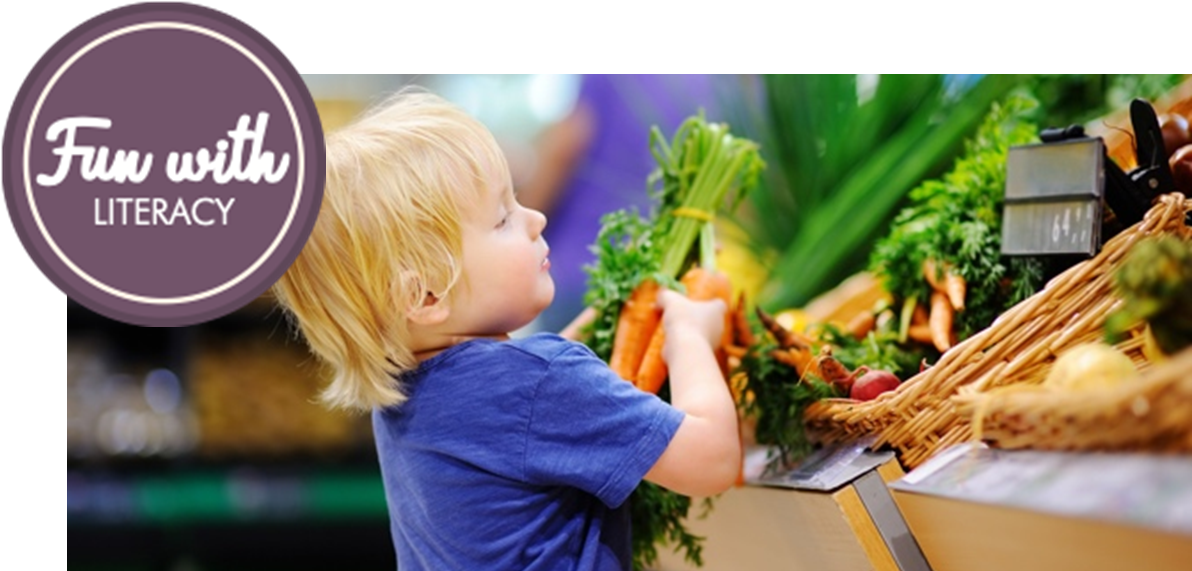
Source: Bilingual Kidspot (2019, October 10).20 Literacy Activities for Preschoolers. Retrieved from https://bilingualkidspot.com/2019/05/20/literacy-activities-for-preschoolers-kindergarten-toddler/
LETS MAKE A SHOPPING LIST
We all have to shop for food and making a shopping list is a fantastic literacy activity for pre-schoolers.
Give your child their own notepad and pen and have them make a shopping list. The spelling doesn’t have to be correct- the words don’t even have to make sense. That’s ok.
This is the beginning of writing and understanding the purpose of writing. Have your child bring their list with them, get their own little trolley or basket and shop with you.
HEALTH & SAFETY: Family Meals: Why do they matter?
Getting the whole family to sit down for dinner can be next to impossible – with young children, sport practice, working late and homework taking up the evening hours, many family members eat at whatever time best suits them – and that’s OK from time to time. But research shows that families who eat together regularly (that’s more than three times a week), have shown to have more positive outcomes when it comes to health, family relationships and social development.
The family dinner table, after all, is where children learn manners, converse and interact with grownups, share what’s happening in their lives and experience new foods. The preparation of food and the table setting process are all part of the roles in a family and shape thoughts and feelings around food and family.
Schedule Time to Eat Together
- Eating together can happen at breakfast, lunch or dinner. Choose the meal that gives you the most time to talk and connect.
- If you don’t usually eat together, start by scheduling one meal per week and increase the number as you are able.
- Circle your friends and family around healthy foods as often as you can. The more you eat together, the more you benefit.
- Try to schedule activities so that they don’t interfere with mealtimes. If that’s not possible, create a meal together around a picnic table in a park on the way to piano lessons or soccer.
Tip: Once you decide what meal you are going to eat together, mark it on your calendar like you would any other event. If you have a plan, it is more likely to happen.
Everyone Can Help Plan & Prepare Meals
- Eating together is more likely to happen when everyone helps.
- Involve kids of all ages in planning, shopping for and preparing meals. These are important life skills that can help us eat well.
- Children are more likely to eat the foods they help you to prepare.
- Cooking together is a great way to connect with each other and have fun!
- Use a combination of fresh ingredients and ready-made foods to make fast, easy meals. Over time, make more from scratch. Remember, the meal doesn’t have to be perfect. It’s the time together that’s important.• Cooking is a great time to teach about kitchen and food safety. Remind children to wash their hands before and after preparing food, to wash vegetables and fruit before eating, and not to mix ready-to-eat foods with foods that need to be cooked. Always supervise their activities. Getting burned or cut puts an end to the fun fast!
Tip: If you aren’t confident in the kitchen, choose simple and familiar recipes. This will help you enjoy your time together instead of trying to figure out the next step in the recipe.
Make Mealtimes about Being Together – Eating together provides a time to be connected. This helps children feel loved, safe and secure. Focus on enjoying each other’s company, not on what or how much each child is eating. Keep mealtime conversations positive and encourage children to talk about their day. This helps to develop more communication between family members.
Tip: Turn off distractions like the TV, computer, tablets and phones during mealtimes. Keep toys and books off the table.
Model Positive Eating Behaviour – You are an important role model for good table manners, trying new foods, and enjoying mealtimes. Children and youth are more likely to eat foods their parents and family also enjoy eating. Make offering new foods part of your regular mealtime routine. Children often need to see, smell, and touch a food many times before trying it, so offer new foods with familiar foods and include foods your child has refused in the past. Not everyone likes every food, and that’s okay. Encourage kids to say “no, thank you,” or teach them what you would like them to do or say if they don’t want to eat something. Trust children to show or tell you how much they want to eat and when they are finished eating. An important part of healthy eating is learning to stop when they are full. Being forced or pressured to finish food can make your child ignore their internal hunger and fullness cues. Try not to rush children through a meal. Children often take longer to eat than adults. Remind children to eat slowly, chew their food well and enjoy what they are eating.
Read more via the source link: Health Link BC (2017). The Benefits of Eating Together for Children and Families retrieved from www.healthlinkbc.ca/healthy-eating/eating-together
Sustainability Corner
CELEBRATE EARTH DAY AS A FAMILY
Earth Day was established on April 22, 1970, to educate people about recycling, reducing, reusing, and other ways to protect our planet and keep it clean.
5 THINGS YOU CAN DO AS A FAMILY TO CELEBRATE:
- Spend a day together in the garden.
- Plan a meal together that uses fresh, organic, locally grown foods that are in season.
- Go on a family hike.
- Switch to reusable water bottles.
- Have each family member write a pledge about how they will continue saving the Earth all year long, and hang the pledges on the fridge or somewhere else in plain sight.

Source: gaiam.com/blogs/discover/6-ways-to-celebrate-earth-day-as-a-family

Play with purpose
Sand Play
There is no right way to use sand. It invites participation; it permits children to make and test hypotheses; it stretches the imagination; it provides a potentially soothing sensory experience; and it is an excellent avenue for children to learn physical, cognitive, and social skills.
Because sand play is open-ended, the child determines the direction and path of his or her own play. This freedom then clears the way for the child to build developmental concepts.
Sand play promotes physical development. Large muscle skills develop as children dig, pour, sift, scoop, and clean up spills with brush and dustpan. Eye-hand coordination and small muscle control improve as children learn to manipulate sand accessories. Sand play also promotes social skills.
When children work together at the sandpit (or table) they are faced with real problems that require sharing, compromising, and negotiating. A group may engage in dramatic play as they “cook,” construct roadways, dig tunnels, or create a zoo for rubber animals. As children take on roles associated with their dramatic play, they learn important social skills such as empathy and perspective taking.
National Quality Framework | Quality Area 3:
Physical Environment Element 3.2 The service environment is inclusive, promotes competence and supports exploration and play-based learning.
Early Childhood News (2019, October 20). Making the most of sand play. Retrieved from http://www.earlychildhoodnews.com/earlychildhood/article_view.aspx?ArticleID=62

5 Minute Moves
Dance time
Short simple activities to get some active minutes in the day.
Dancing makes you feel good, it’s fun and a great way to get active. Find some free space somewhere inside or head outside and enjoy the fresh air. Pick a song and turn it up.
You can free dance or take turns with your child making up a dance routine. Add moves together and then put on a show for someone else in the house.

